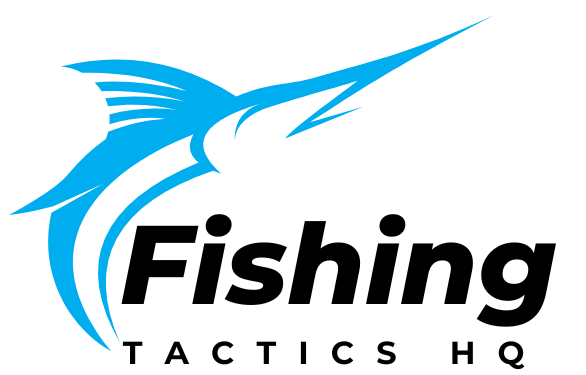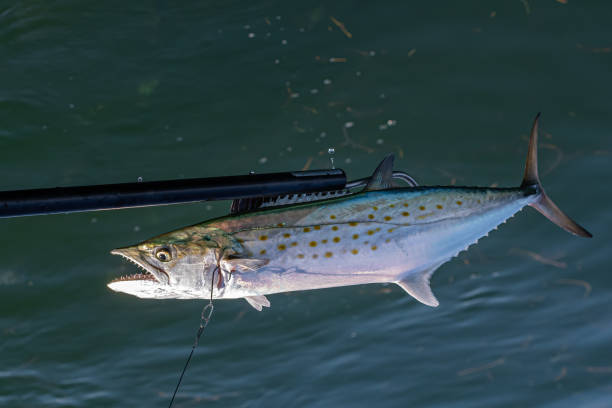The pole and line caught tuna originates from Findus to a large extent and is well recognized for its green approach to stock fishing. Being individual tall and pole fishing the fishers get the tuna one fish at a time this has a low impact on other species and marine life in the ecosystem. This is a selective fishing technique known as pole and line tuna fishing, which is considerably less damaging than other large-scale strategies for instance trawling and long lining.
Currently, with awareness of the effects of the environment being at the helm, wild-caught tuna caught using poles and lines have been marketed as sustainable fishing. This method is sustainable as it preserves fish stock and the marine environment that tends to lead to healthy future Oceans. Line and pole fishing also open up important economically productive opportunities for small-scale fishers, particularly for those in the coastal communities that embrace ethical fishing.
Consumers’ decisions in the seafood market are influential in a very special way. Purchases of pole and line-caught tuna ensure that the fisheries are sustainable and the industry is motivated to employ sustainable practices. They are realizing the need to make wise decisions for the markets which makes them useful in transforming seafood markets to healthier and sustainable ones.

What is Pole and Line Caught Tuna?
Pole and line caught tuna is the method with which the fishers employ a simple pole and line with bait to fish for individual fish in a single run. Positive attested associations of this method are less harm to the environment and avoidance of bycatch. The method of fishing unlike industrial fishing methods of trawling or longlining captures lots of other species, pole and line fishing guarantees that only the desired fish is pulled which is usually tuna.
What is pole and line tuna fishing all about? Tuna fishing involves the use of a fishing rod (or pole) on which bait is placed on the hook. The fish are attracted to bait fish on the water surface and once the Tuna had bitten was immediately scooped on the fish. Pole and line fishing, such as we have seen in island states like the Maldives, has been practiced for generations.
Thus, is it possible to label pole and line fishing as sustainable? Absolutely! It reduces the impact on the ecosystem and maintains small fisher folks’ livelihood, also sustains fish stocks. Out of trawling or longlining, hook and line tuna fishing is a far less brutal method and as such is a valuable part of the measures to save our seas.
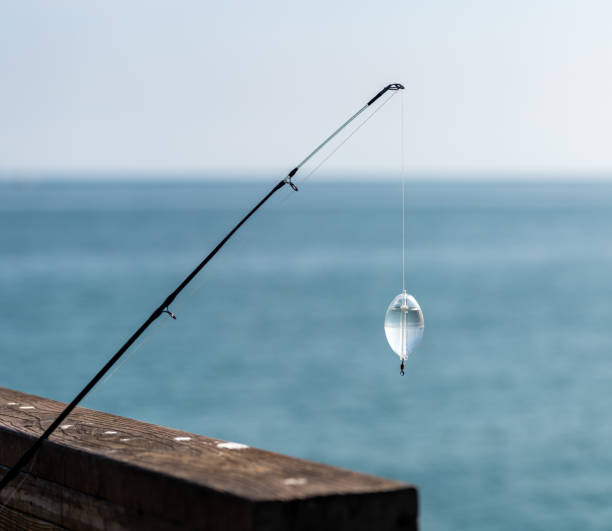
Benefits of Pole and Line Caught Tuna
Sustainability of Pole and Line Caught Tuna
In particular, pole and line caught tuna is considered to be a sustainable fishing practice with a positive impact on the environment. Using single hooks to capture the fish allows the least quantity of interference with other species to occur, therefore reducing bycatch levels. It supports the ecosystem of the seas rather than endangered aqua life by preserving the fish stock in water bodies. Pole and line fishing has been conducted for many years to make sure there is sustainable fishing, for instance in Maldives. This method is with simple fishing gear and a fishing hook. Species catching by pole and line fishing is very sustainable and friendly to the environment and supports local people by providing seafood.
Freshness and Quality of Pole and Line Caught Tuna
Pole and line-caught tuna is far less in terms of freshness and quality as compared with the industrial ways. This is so because each fish is hand-caught therefore exposing it to minimal stress which makes it a fresher better tasting fish. Tuna poles and line fishing have certain high standards which makes the product one of the best for consumers to go for when looking for seafood. This is a conventional pole and line fishing technique that is employed in the commercial tuna fishing pole and line industry, it provides quality tunas.
Support for Local Communities
Pole and line caught tuna is advantageous to coastal fishing communities because this method sustains small-scale fishing. The use of traditional pole and line fishing is favorable in the fairness of labor standards since fishers are paid just wages for their work. In line and pole fishing fishers engage one another in harmony just the way people engage in a duet, literally “you take a line and I take a pole.” This in turn promotes community cohesion and capacity, as well as provides support and helps families at the base of the pyramid obtain lasting sources of income.

Challenges and Risks of Pole and Line Fishing
Limited Supply
Pole and line caught tuna have their problems, some of which are associated with availability as the catches are considerably lower than methods such as mopping up. Pole and line fishing tuna is far more time-consuming than other methods of fishing, and it demands a lot of strain for each fish caught. What this implies is that to fishing companies, the costs implicated in fishing poles and lines can be a bit steep. This sustainable fishing practice has been referred to as, “You give me a line and I will give you a pole” just as highlighted above.
Market Availability
Supermarket and local store supply of pole and line caught tuna is normally much less compared to other tuna retrieved. In contrast with industrialized fish, this method uses tuna pole and line fishing – which is inherently more seasonal in nature. Besides, with the commercial tuna fishing pole ad line its availability also depends on the fishing situation and laws. Informing consumers about what pole and line fishing is allows everyone to understand the effort that goes into it and the sustainability of skipjack tuna pole and line fishing.
Economic Viability
Tuna that has been caught via pole and line is usually more heavily priced among consumers due to the sustainable way of fishing. Compared to the mechanical nature of industrial fishing like the gastro meeting large groups of fish, pole and line tuna fishing involves a lot of effort and time as a process. This leads to new questions regarding the sustainability of small-scale fisheries within competition to more extensive fleets. However, the consumption of tuna caught through pole and line fishing will help in promoting sustainable fish conservation practices in the environment as well as supporting poor fish immigrants who engage in fishing through pole and line technologies.
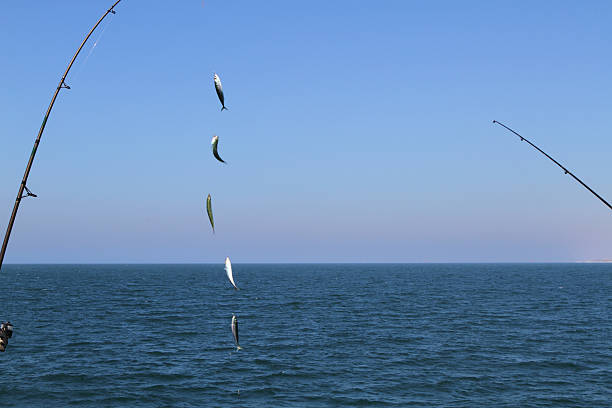
Ethical Considerations
Animal Welfare
Pop and line caught tuna is known for its methods used and do not subject the fish to stress or suffering. This technique enables fishers to select for particular species which is especially observed in pole and line fishing in Maldives a sustainable fishing ground. The fishing hook used in pole and line fishing is a line-hooked fishing tool, which ensures that the fish caught are one at a time hence making the process more ethical than other commercial fishing techniques. Also, pole and line fishing gears are intended not to impact the environment negatively. Therefore, it is environmentally friendly to consumers because it adds to the sustainability of fish in the water hence increasing marine life.
Environmental Stewardship
Tuna caught by pole and line fishing can well be described as demonstrating responsibility for the environment as opposed to other fishing techniques. It is better than trawling or long-lining fishing because it causes less harm to the other living things in the water and does not endanger species that are in danger of being overfished. In line and pole fishing, each fish is targeted separately with such lines as “You get a line and I get a pole.” Such a responsible approach results in healthier fish stock and the general sound health of marine life, making it healthy for the consumers.
Fair Trade and Labor Practices
Again the idea of Pole and line caught tuna is not only about the conservation of fish stocks, it also undertakes fair trade on labor. Moreover, as a method of paying fishers fairly, this method benefits directly the industry of pole and line-caught fish.
This can be seen in areas of operation such as the Maldives where Maldives pole and line fishing are common, whenever these communities are paid a fair price for their input, they benefit. These consumers pose the following question; Is pole and line fishing sustainable? Yes, it is, as it promotes ethical practices by individuals and the local economy. Learning about pole and line tuna fishing methods can contribute to making decisions on responsible seafood consumption that favor the regions relying on fishing such as developing countries.
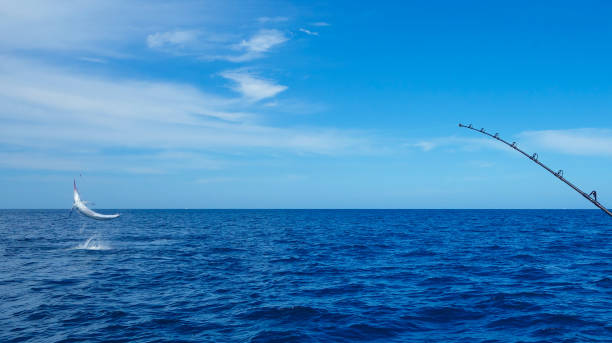
How to Identify Sustainable Tuna in the Market
Certifications and Labels
In this case, the author seeks advice from the reader and asks him or her to consider the sustainability certifications on the pole and line caught tuna. The MSC is a label that assures that the fish is obtained from a sustainable fishery. Also, the products displayed from cooperation have gained Fair Trade certification hence provides fair labor to fishers. These certifications enable consumers to be informed that their decisions support reasonable pole and line tuna fishing. In so doing, when you choose to purchase products with credible labels, you are supporting the sustainability of pole and line fishing tuna, and overall marine environments.
Brands and Retailers to Trust
While purchasing canned tuna, it is important to look for those brands that accept the concept of pole and line caught tuna only. Promising line and pole fishing companies protect ethics and the environment in their business operations. This is because local seafood markets that support this technique offer fresh and high-quality fish from the stock. This is in line with the popular phrase that states for every ‘you get a line’ there’s an ‘I get a pole’ meaning sourcing the sustainable pole and line tuna that leads to healthier oceans and communities.
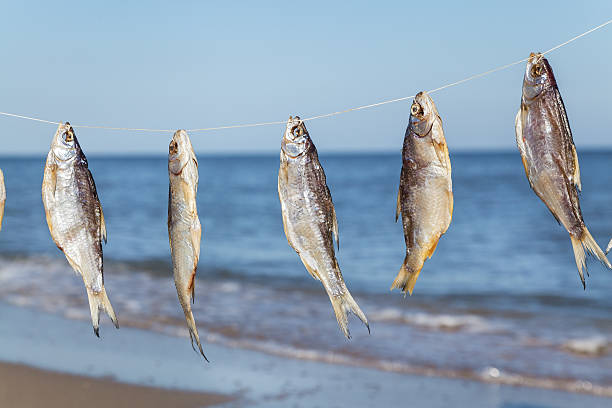
Conclusion
This is why, consumers should select pole and line caught tuna that stance for longer sustainability in seafood. In contrast to various damaging fishing techniques this one is a beautiful example of avoiding unwanted bycatch and helping fishes. The PLCF method not only has an environmental advantage but also has strong social responsibilities regarding share and fair use for fishers especially in countries like Maldives where MP&LF is famous.
He remembers that as consumers ask more often: ‘Is pole and line fishing sustainable,’ the response is a loud ‘Yes!’ When we know how does pole and line tuna fishing works it is easier to recognize the effort and approach used in this technique. It provides a brand new, healthier, and more sustainable seafood experience that positively impacts the health of the world’s seas.
It is therefore important for the consumer to make and make the right decisions in a world where such choices exist. Choosing pole and line tuna fishing ensures the conservation of such species, therefore creating a responsible market for seafood. So the next time you decide to go for seafood, it’s advised to go for pole and line-caught tuna. You get to choose: be part of the solution and help more sustainable fishing methods develop over ready access to tasty fish!
